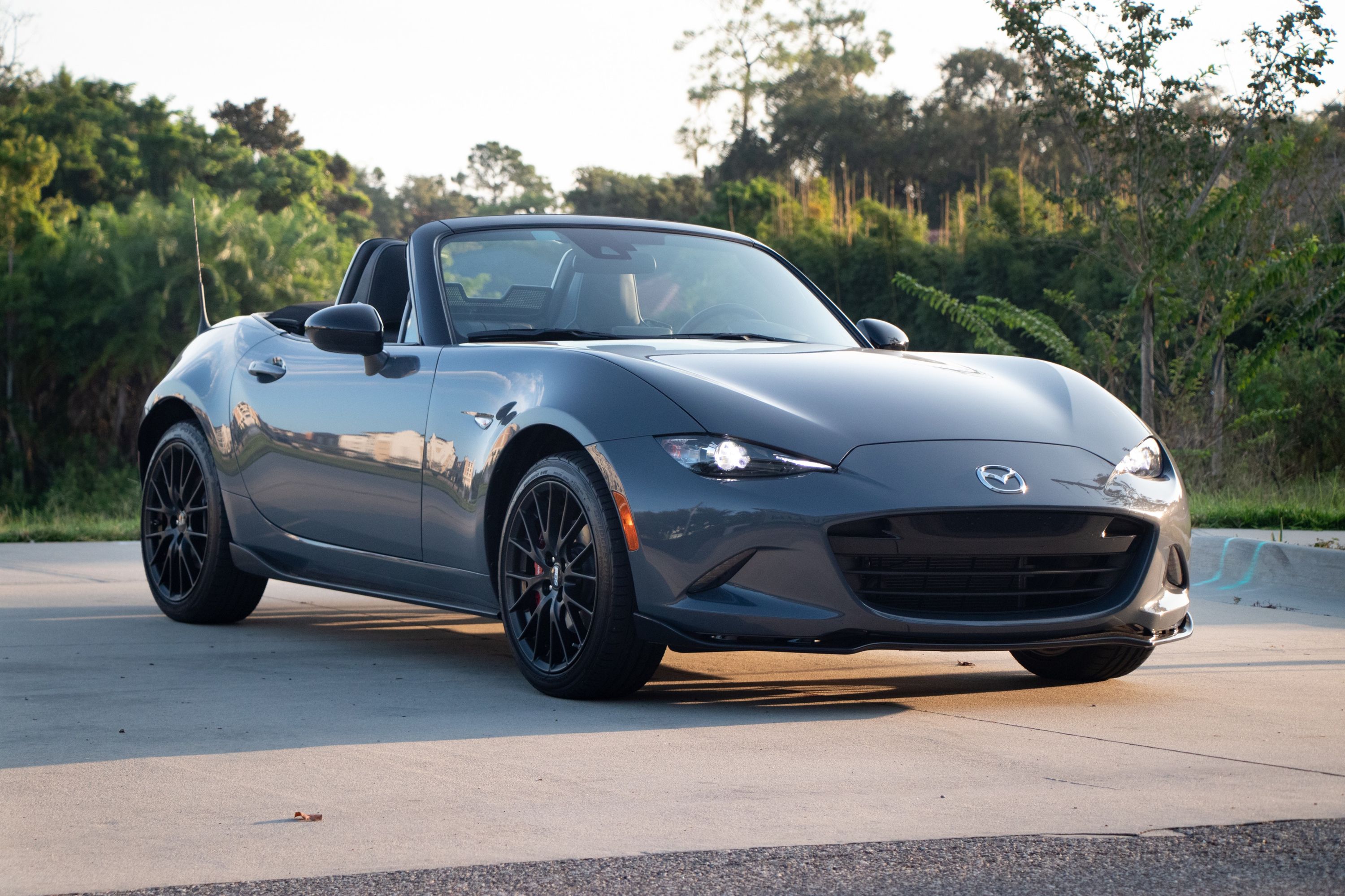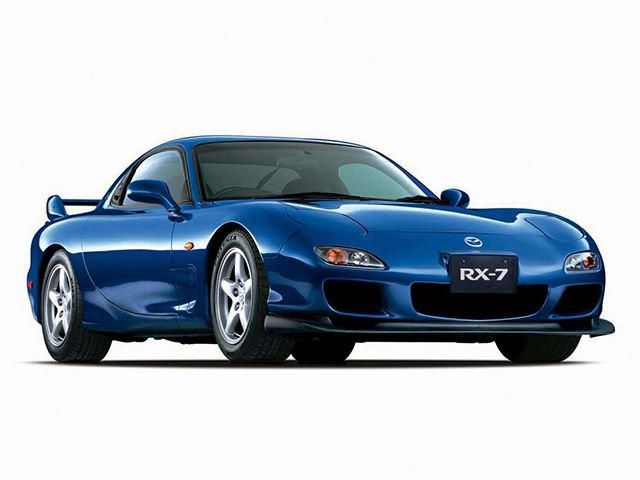
Anyone who doubts that Mazda has the engineering know-how to build a modern rotary engine that'll comply with EPA and EU regulations may want to take a trip back in time to when the first Wankel Rotary Engine came about: right in the middle of America's 1970 fuel crisis. In all fairness, it was a slump in the economy that led to poor sales of the first rotary-powered Mazdas rather than high fuel consumption, but Mazda had plenty of other challenges to get past in order to get the darned thing to work.
Just before its debut, Mazda worked the brains of its best engineers into the ground trying to find a way to make German engineer Felix Wankel's design work in a reliable modern car without it succumbing to the notorious "Devil's Nail Marks," a symptom of the edges of the triangular rotor rubbing against the inside of a poorly lubricated housing.
Once that hurdle was crossed and the world economy improved, the Mazda RX-7's history began. The iconic Japanese sports car may be nothing more than a figment in our memory banks that we look back upon with a smile, but it has suddenly become relevant again after Mazda officially announced that the rotary engine was coming back, under the hood of a sports car no less. Immediately our minds begin to hope for an RX-7 revival, and while that's a perfectly good way to use brain energy, it may pay to watch Donut Media's quick history review of the RX-7 in case you find yourself needing to explain your rotary-fueled excitement to the other bar patrons.

